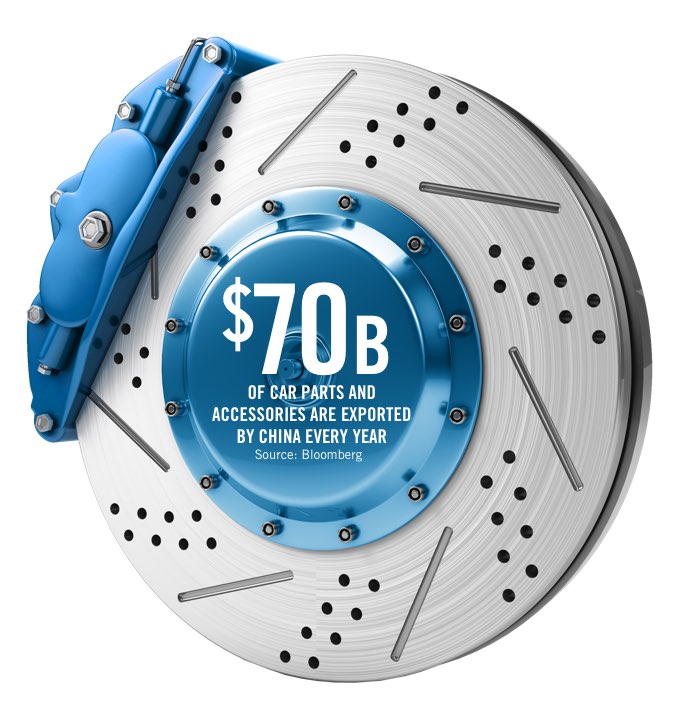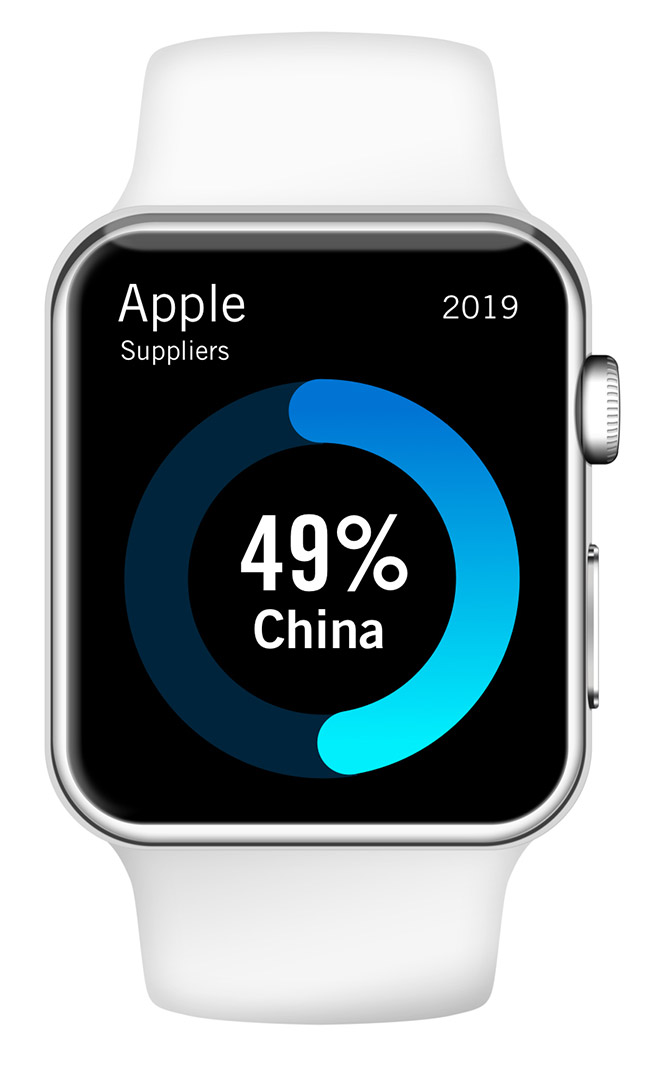Outseek. Explore Today’s Investment Opportunities
Evolving economics are creating a new normal
Jaguar Land Rover resorted to shipping auto parts in suitcases to keep factories humming. Real estate giant Cushman & Wakefield retrofitted its 35,000-square-foot office with “safe zones” and big blue arrows directing one-way foot traffic. Meanwhile, telecom providers are scrambling as high-speed Internet has become a must-have for the growing global work-from-home population.
The pandemic has forced businesses to adapt in ways that will lead to lasting changes in consumer behavior and corporate business models. Investors who focus on some of the big structural changes in global supply chains, technology and real estate will be well positioned for the future.
“Some changes will be permanent,” says Blair Boyer, managing director, co-head of Large Cap Growth Equity at US active manager Jennison Associates LLC. “Investors will be rewarded for identifying the longer-tail opportunities.”
Global Supply Chain
Moving Closer To Home
The pandemic has exposed the risks of global supply chains when there’s a disruption. The fallout has resulted in many companies either considering reshoring to bring their supply chains closer to their home market, or building more diversified, multiregional supply networks. This will result in less reliance on certain low-cost manufacturing locations.
As the No.1 exporter of goods to the U.S. and Europe, China appears to be the most threatened by this trend. “The shifting of supply chains doesn’t happen instantly. Diversifying away from China was already underway in industries like auto components, tech and apparel,” says Shehriyar Antia, head of Thematic Research at PGIM, a top asset manager with global scale that recently released the After the Great Lockdown report. “The pandemic will give that trend stronger tailwinds.”
In 2019, over 40 countries imported 25% or more of their intermediate products from China.
Source: Bloomberg Intelligence
The EU and U.S. are most reliant on China, with each importing more than 35% of their intermediate products* from there.
Source: Bloomberg Intelligence
*products that might require further processing before they are saleable to the ultimate consumer.
$ in USD Billions
Several Industries Are Reevaluating Their Reliance on China:
Autos
Auto supply chains were being revamped before the coronavirus pandemic amid global trade spats and the shift to electric vehicles, but the pandemic shone a spotlight on the industry’s reliance on China, with carmakers, especially Japanese companies Honda and Nissan, seeing lower production due to parts shortages. The U.K.’s Jaguar Land Rover took to transporting parts in suitcases to help offset shortages.


Source: Apple Inc.
*Of top 98% of suppliers
Tech
Similar supply strains were evident in the electrical equipment industry when China-related supplier disruptions affected tech heavyweights Apple and Samsung. Indeed, a major Apple supplier indicated during the pandemic that the latest iPhones could be delayed. Meanwhile, another Apple supplier, Taiwan Semiconductor Manufacturing Co., announced plans to invest $12 billion in a chip plant in the U.S. in 2021.
Retail
As Covid-19 has squeezed retailers everywhere, some industry insiders estimate as much as 20% of the global apparel and footwear retail supply chain is tied to China. Many European and North American retailers will likely move fashion sourcing closer to home.
Over 40% of Nike Suppliers Are Located in China and Vietnam.
Source: NIKE Inc.
HEALTHCARE
The shortage of personal protective equipment (PPE) like N95 masks exposed the world’s reliance on other countries — and China, in particular. The three largest U.S. manufacturers of PPE, 3M, Honeywell International and MSA Safety, increased production, but the U.S. faces public health and national security risks because the degree of their reliance on foreign countries is unknown.
Source: Peterson Institute for International Economics
Is the 50-Year-Old Supply Chain Model Dead?
Simon Knowles, chief marketing officer at global supply chain and operations consultancy Maine Pointe, co-authored a recent paper with a Michigan State University professor arguing that corporate boards that postpone dealing with weak supplier links will be the losers in the aftermath of Covid-19. “Most supply chains in organizations are operating with systems built for another era. And the pandemic exposed the lack of transparency, visibility and also optionality,” he says. “We need to have digital supply chains with the optimal sourcing, manufacturing and distribution mix, whether that is onshore, nearshore and offshore. Visibility to balance cost, quality, risk, service and supplier optionality is key.”
Technology
A Growing and Expanded Role
Technology has grown in importance for years, but the pandemic has accelerated widespread technological adoption. In the aftermath, technology will continue to shape the future of consumer and business behavior.
Automation
As firms look to reshore supply chains and operations, some will invest in automation and digitalization. For instance, Stanley Black & Decker plans to invest in North America, and views Industry 4.0 (Industrial Internet of Things) as a major enabler of its upcoming investment. Reshaping of complex global supply networks may also spark more interest in 3D printers: In an April survey by SME, a U.S. association of manufacturing professionals, some members cited investment in 3D printers as a top priority, with manufacturers in aerospace and electronics leading interest in 3D adoption.
Weightless Firms
Many companies will be moving to asset-light models and focusing on investment in intangible assets such as intellectual property, software, online platforms, proprietary data and algorithms. And some will begin to look more like Uber and Airbnb, using other people’s insights, skills and cars as assets. Wal-Mart Inc. announced a partnership with InstaCart, which contracts with “personal shoppers” who fulfill and deliver consumer orders, driving their own car.


Telecom
A greater portion of global workers working remotely — the “new normal” proportion of employees working from home across Europe could almost double to about 30% — is increasing the need for high-speed residential Internet connections. U.S. telecom carriers have invested heavily in fiber, which positions them to meet demand for high-speed Internet services, though their subscriber mix skews heavily toward older technologies, leaving them vulnerable to market share loss to cable operators.
What’s Next for Tech?
What’s next for Tech? – An acceleration in the secular shift to the weightless firm will be one of the most important business changes post-pandemic. Intangible assets now comprise 70% of the value of the S&P Europe 350 and 85% of the value of the U.S. S&P 500. Areas that stand to benefit the most include streaming services, e-commerce and cloud-based computing, as well as companies that provide the infrastructure for the Internet — the pipes and plumbing of the virtual world. “There are clear indications that the digital transformation of the global economy is accelerating meaningfully, as the pandemic has underscored the value, utility and resilience of e-commerce, digitally enabled payment, cloud computing, and streaming business models. This has lifted advantaged companies and industries to records, while beleaguered companies with bleak prospects for recovery have seen equity values atrophy,” Boyer says.
Real Estate
A New Way of Working and Living
The outbreak has led to many people across the globe working from home because of stay-at-home orders. While many workers will return to their offices post-pandemic, the proportion of employees working from home across the globe will significantly increase, and with that, there will be some shifts in real estate.
Industrial Real Estate
During the pandemic, e-commerce experienced growth as consumers were forced to shop online amid shelter-in-place orders and as shortcomings in retailer supply chains were made obvious. This trend could continue. E-commerce, which continues to grow rapidly and take a larger share of retail sales, requires about three times the amount of warehouse space as traditional retail. Industrial real estate investment trusts (REITs) are in demand: Prologis Inc. says e-commerce businesses jumped to 40% of new leases in April 2020, or almost double the pre-pandemic average.


Office Buildings
Many companies still want to maintain space in office buildings, but they are rethinking that space. Office tenants may require less space, more flexibility or increased distance between individual workers, but core demand for centralized, urban locations will likely persist. In fact, large REITs such as Boston Properties and Vornado might survive the current downturn with less disruption than during the 2008–09 financial crisis.
In the long run, modern buildings that offer flexible configurations in central locations will prevail. Urban-office REITs collected about 90% of their rent from office tenants in the early months of the pandemic, and long leases help protect occupancy and future cash flow. “Historically, there are very good reasons why businesses work in downtown markets, because you get these agglomeration effects, whether information sharing or access to labor markets,” says Peter Hayes, managing director at PGIM Real Estate and PGIM’s Global Head of Investment Research.
What Does the Office of the Future Look Like?
Jeroen Lokerse, head of Netherlands at Cushman & Wakefield, spearheaded the transformation of the firm’s Amsterdam office into the “6 Feet Office,” a prototype for businesses that are considering how to reconfigure their spaces post-pandemic. “The office is more important than ever. A key differentiator of the success of your company will be what your location is and what kind of workplace you can create for your talent,” he says. “The workplace needs to be healthy, a cool place to be and a place where you can achieve your ambitions.”
Explore the implications of the new normal.
Visit PGIMFor Professional Investors only. All investments involve risk, including the possible loss of capital.
PGIM, Inc., is the principal asset management business of Prudential Financial, Inc.(PFI) and is a registered investment advisor with the US Securities and Exchange Commission. PGIM is a trading name of PGIM, Inc and its global subsidiaries.
In the United Kingdom, and various European Economic Area jurisdictions, information is issued by PGIM Limited, an indirect subsidiary of PGIM, Inc. PGIM Limited registered office: Grand Buildings, 1-3 Strand, Trafalgar Square, London, WC2N 5HR is authorised and regulated by the Financial Conduct Authority of the United Kingdom (registration number 193418) and duly passported in various jurisdictions in the EEA. These materials are issued to persons who are professional clients or eligible counterparties as defined in Directive 2014/65/EU (MiFID II), investing for their own account, for fund of funds, or discretionary clients. In Japan, investment management services are made available by PGIM Japan, Co. Ltd., ("PGIM Japan"), a registered Financial Instruments Business Operator with the Financial Services Agency of Japan. In Hong Kong, information is provided by PGIM (Hong Kong) Limited, a regulated entity with the Securities & Futures Commission in Hong Kong to professional investors as defined in Section 1 of Part 1 of Schedule 1 (paragraph (a) to (i) of the Securities and Futures Ordinance (Cap.571). In Singapore, information is issued by PGIM (Singapore) Pte. Ltd. (“PGIM Singapore”), a Singapore investment manager that is licensed as a capital markets service license holder by the Monetary Authority of Singapore and an exempt financial adviser. These materials are issued by PGIM Singapore for the general information of “institutional investors” pursuant to Section 304 of the Securities and Futures Act, Chapter 289 of Singapore (the “SFA”) and “accredited investors” and other relevant persons in accordance with the conditions specified in Sections 305 of the SFA. In South Korea, information is issued by PGIM, Inc., which is licensed to provide discretionary investment management services directly to South Korean qualified institutional investors on a cross-border basis.
These materials are for informational or educational purposes only. The information is not intended as investment advice and is not a recommendation about managing or investing assets. In providing these materials, PGIM is not acting as your fiduciary.
Prudential Financial, Inc. of the United States is not affiliated in any manner with Prudential plc, incorporated in the United Kingdom or with Prudential Assurance Company, a subsidiary of M&G plc, incorporated in the United Kingdom. PGIM, the PGIM logo and Rock design are service marks of PFI and its related entities, registered in many jurisdictions worldwide.
©2020 PFI and its related entities.